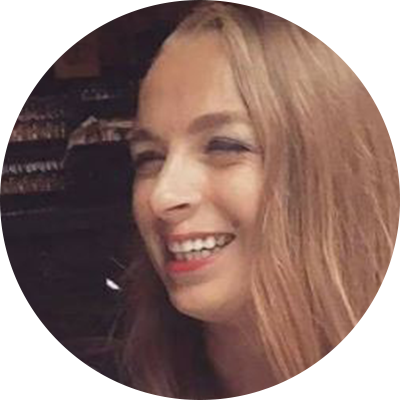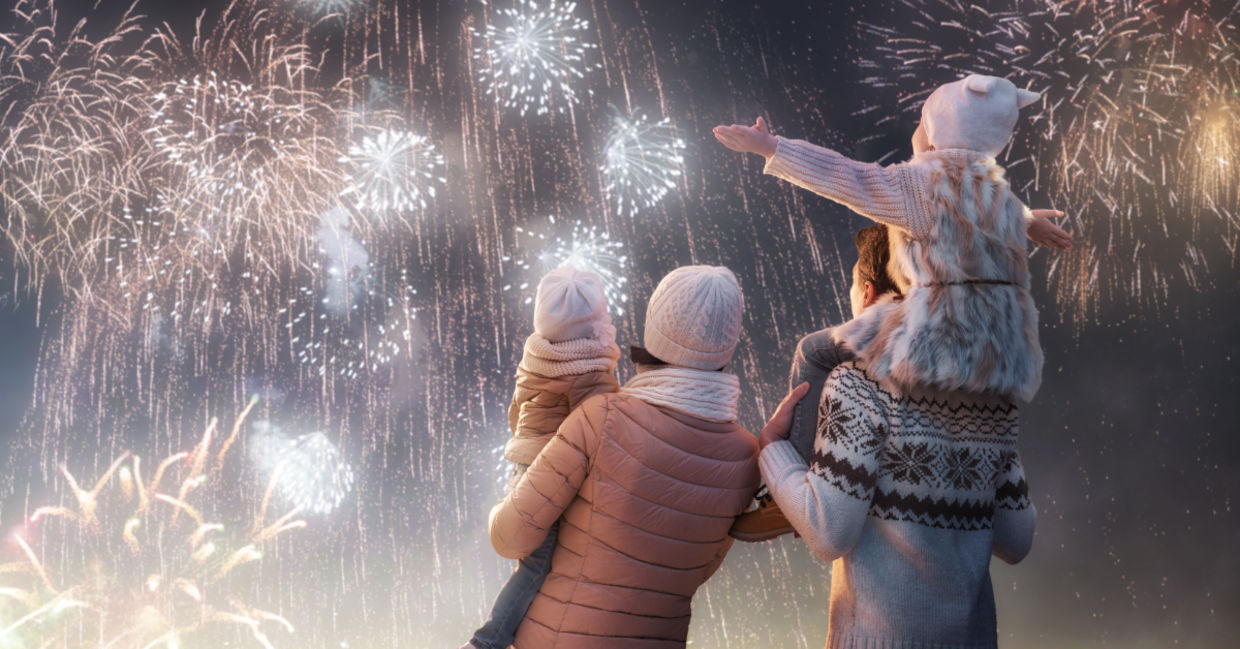
(Yuganov Konstantin / Shutterstock.com)
As the holiday season approaches, it's an excellent time to contemplate your own celebrations and experience other cultures around the world. What traditions do you follow during this time of year to bring happiness and joy into your days? Here are four lesser known winter holidays from around the world that you incorporate as your own this time of year.
Honoring the Return of the Sun
For people in the Northern Hemisphere, a yearly tradition during the cooler months is celebrating the Winter Solstice which falls on December 21 in 2022. As a symbol of the change of seasons and the Earth's rebirth, the winter solstice is traditionally a time for reflection.
As the days are short and the nights are long, the winter months can be a time of darkness for some people. In ancient traditions, seasons were a vital element in people’s lives. Therefore, they worshiped the sun and its rebirth after the darkness of winter months, reported the BBC.
Even today, having the winter solstice to look forward to means welcoming in the return light. You can honor this time by lighting a white candle at home to represent new beginnings and fresh starts, according to mindbodygreen. our life can bring a sense of joy and comfort during the winter months.
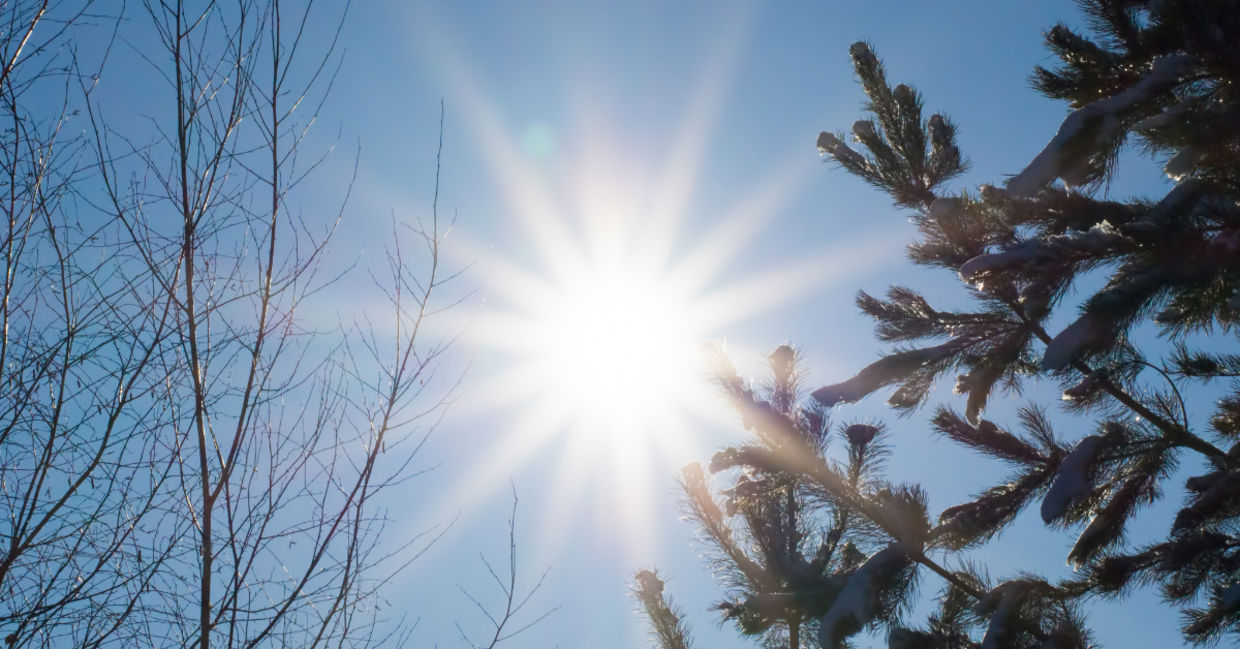
(Mimka / Shutterstock.com)
Yule Book Flood
This Icelandic holiday tradition is something everyone can get behind. The Jolabokaflod refers to an annual day in November when publishing houses announce their new books and send out catalogs. The books are purchased and then given as gifts on Christmas eve, according to Country Living.
The tradition started during World War II when there was rationing of sugar and many traditional gifts but paper was not rationed. That’s what turned Icelanders into prolific book readers with one of the highest literacy rates in the world. The tradition has evolved into an night of reading, drinking cocoa.
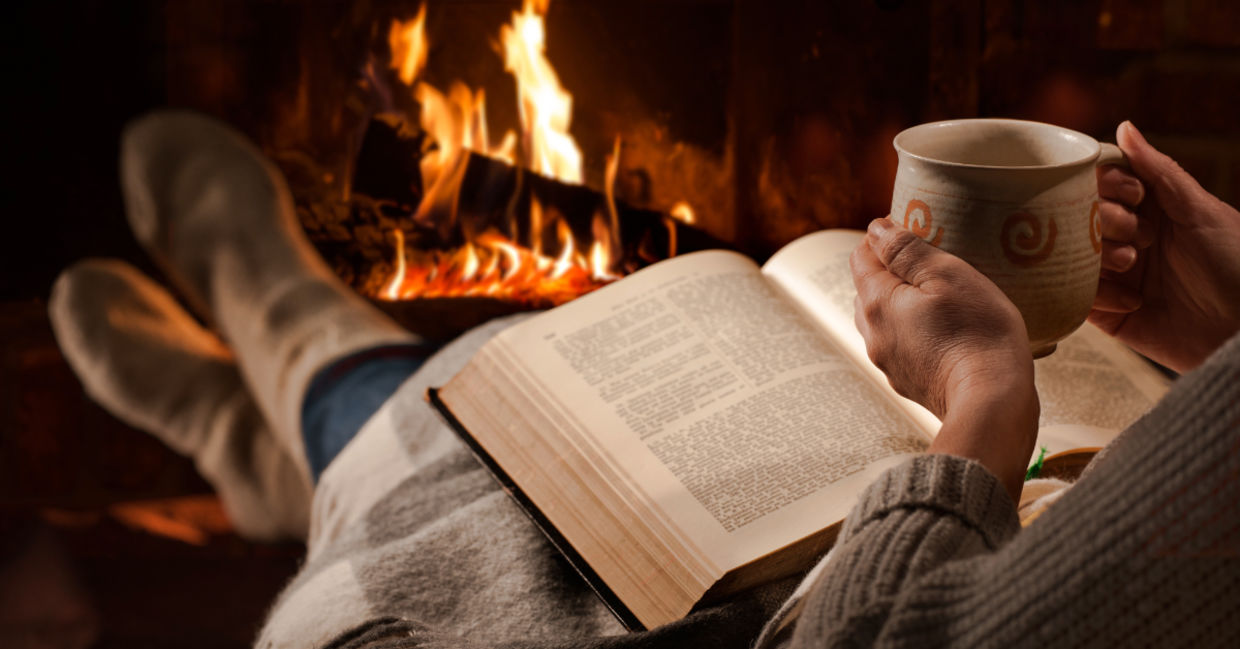
(Alexander Raths /Shutterstock.com)
Celebrating Kwanzaa
Kwanzaa is a festival of lights that celebrates African-American culture, family and community that runs from December 26 through January 1 was first celebrated in 1966.The holiday was created by Maulana Karenga, and is based on African harvest festival traditions from various parts of West and Southeast Africa. It is now celebrated by millions of people around the globe.
According to History, the celebration revolves around the lighting of seven candle Kinara, and then the Nguzo Saba, seven principals in Swahili,of the values of African culture that contribute to the African-American community.During Kwanzaa, people usually eat traditional African foods,sing songs, play traditional instruments, and celebrate this rich culture.
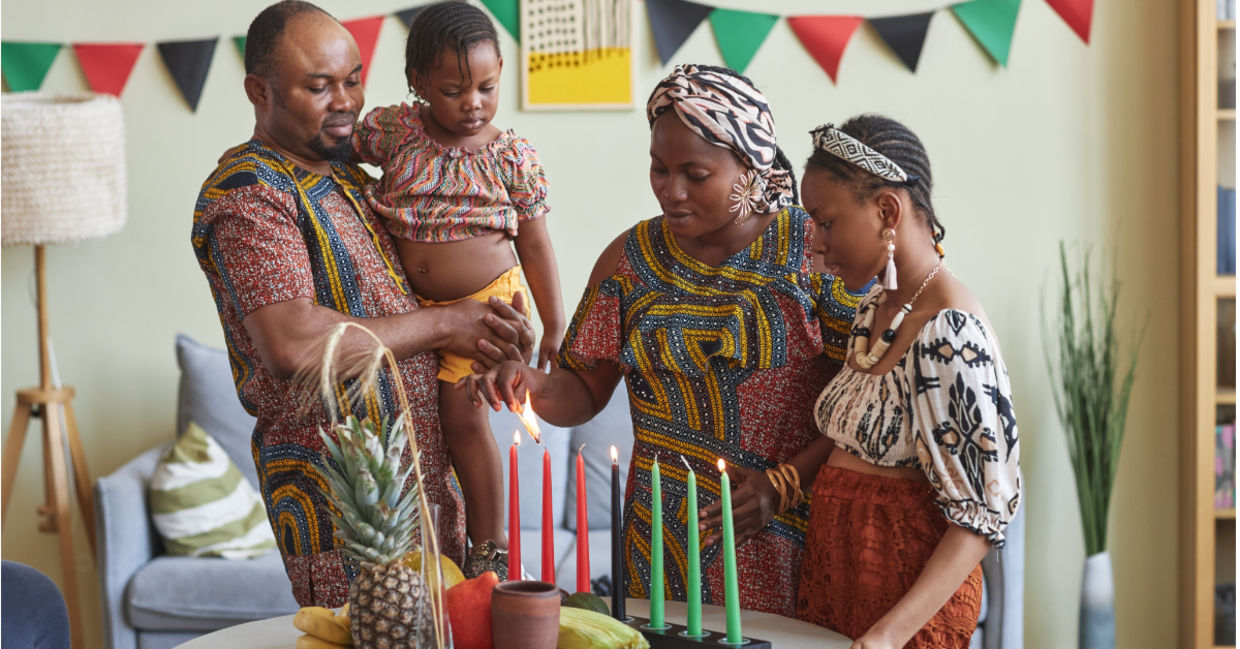
(SeventyFour / Shutterstock.com)
Chinese New Year
The Chinese New Year traditionally marks the end of winter, follows the lunar calendar and begins on January 22 in 2023. The festival lasts for 16 days and culminates in the Lantern Festival according to the website Chinese New Year. Over 25 million people around the globe celebrate this tradition.
The new year marks the transition of the12 animal zodiac signs and 2023 is the year of the rabbit – the fourth sign – and represents hope. Something everyone needs.
The Chinese New Year is celebrated with elaborate red colored decorations and a feast that gives blessings for the coming year. The elaborate meal usually includes eggs, dumplings, spring rolls, noodles and steamed fish.
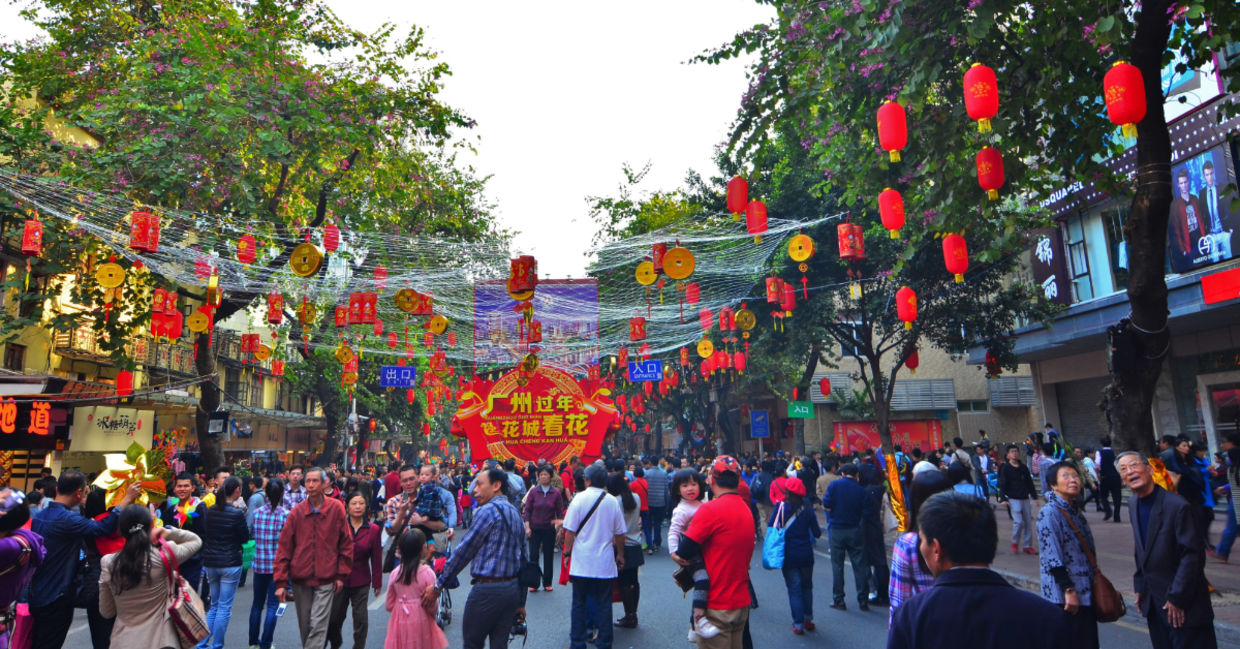
(M. Scheja / Shutterstock.com)

